Publisher: Amy Marson Creative Director: Gailen Runge Editors: Lynn Koolish and Joanna Burgarino Technical Editors: Debbie Rodgers and Helen Frost Cover/Book Designer: April Mostek Production Coordinator: Tim Manibusan Production Editor: Jennifer Warren Illustrator: Lon Eric Craven Photo Assistant: Carly Jean Marin Style photography by Chris Smith unless otherwise noted Published by C&T Publishing, Inc., P.O. Box 1456, Lafayette, CA 94549 DedicationFrom Julie For Jim, whose love, support, and belief that I can do anything I put my mind to means the world to me For my mom, who teaches by example always and in all things From Sarah In memory of my father, Don Welch, for showing me how to live creatively and think outside the box Acknowledgments We are incredibly grateful to the many talented people who helped make our book a reality! To the fine staff at C&T Publishing for enthusiastically accepting our proposal and investing in two new authorswe especially thank editors Roxane Cerda, Lynn Koolish, Joanna Burgarino, and Debbie Rodgers; designer April Mostek; and production team Tim Manibusan and Jennifer Warren. To Chris Smith of Chris and Cami Photography for his extraordinary talent and commitment to The Tunic Bible (while overcoming floods, dusk, and deadlines!) To Robbin Knight of Robbin Knight Photography, LLC, for the generous use of his Charleston studio space To The Tunic Bible contributors, for expanding the vision of our pattern with fresh ideas and inspirational sewingthese incredible sewists bring unmeasurable energy, talent, and imagination to the garment sewing community. We would specifically like to thank Sallie Barbee, Sonja Gingerich, Marcy Harriell, Tracey Hogan, Beth Huntington, Manju Nittala, Deepika Prakash, Dorcas Ross, Bianca Springer, Lucy VanDoorn, Lori VanMaanen, Andrea Verbanic, and Cissie Wellons. To Jennifer DeShazer of Jennuine Design, whose patience and technical talents brought our pattern to life To our cute models: Caroline Cotter, Brittany McDougal, Grace Caroline Price, Mary Catherine Price, Branea Reeves, Crystal Rogers, and Margaret Todd Truluck To the Vendue Inn, a premier Charleston hotel, for providing access to its stunning property for many photographs To our friends and neighbors in and around Charleston and Kiawah Island, South Carolina, for graciously providing the settings for many of our photos To Mood Fabrics for generously supplying a vast array of textiles to the blog, Goodbye Valentino, thus providing a unique opportunity to develop sewing skills and fabric expertise To the Pattern Review website and the online sewing community for making us better sewists To Kathie Bennett, a dear friend and publicist extraordinaire To Sarahs mother, Nancy Welch, for making her learn how to sew and helping her along the way To Sarahs cute husband, Billy Gunn, whose support is always present through skillfully snapping photographs, providing heartfelt opinions of her new creations, and promoting her sewing endeavors to everyone he knows Finally, to the Goodbye Valentino blog readersthere would be no book without you. INTRODUCTION  Considered one of the earliest known garments, the tunic continues to rank as a global wardrobe mainstay due to its stylish versatility and flattering silhouette.
Considered one of the earliest known garments, the tunic continues to rank as a global wardrobe mainstay due to its stylish versatility and flattering silhouette.
From simple and modest to daring and chic, women sport fashionable tunics from the beach to the ballroomany setting, any scene, any season! Wikipedia defines a tunic as any of several types of garment for the body, usually simple in style, reaching from the shoulders to a length somewhere between the hips and the ankles. The name derives from the Latin tunica, the basic garment worn by both men and women in Ancient Rome, which in turn was based on earlier Greek garments. We like a definition that inspires the imaginationand we hope The Tunic Bible will inspire you! Your tunics can be as simple or as elaborate as you choose. Whether your aesthetic is everyday casual, preppy chic, bohemian, or glamorous, creating the ideal tunic for your style is now easily achievable with only one book. Our top priority as sewists is to bring high-end and mainstream ready-to-wear fashion to our beloved hobby. While duplicating a favorite ready-to-wear piece produces quite a thrill, sewing a garment inspired by our favorite designers honors our originality.
On the practical side, we love the ability to fit, sew on demand, and make a fashionable garment for a fraction of the cost of buying it ready to wear! We are proud to belong to a group of home sewists that exceeds 35 million creative women and men in the United States alone. Through the website Pattern Review (sewing.patternreview.com), which currently has more than 300,000 members, the two of us quickly discovered that we shared similar sewing backgrounds, taste in apparel, and an enormous desire to learn more. Best of all, we both live in South Carolina! As two women who love wearing tunics, we began focusing on the details that characterize our favorite tunic brands, such as Devon Baer, Eileen Fisher, Elizabeth McKay, Gretchen Scott, Jude Connally, Lilly Pulitzer, Sail to Sable, Sheridan French, and Tory Burch. We realized the tunic bodice remains consistent. Changing a single detail, such as the neckline, placket, trim, or collar, often affects a tunics entire appearance. This led us to our aha moment: one bodice, interchangeable components, and endless possibilities! The Tunic Bible, a one-stop pattern and look book, combines all of the components needed to construct an unlimited number of fashionable tunics.
Written for home sewists, the book is ideal for all ranges of sewing skills, from basic to advanced. It includes a tunic pattern featuring one bodice that is adaptable to multiple styles, lengths, necklines, collars, and sleeve-finishing options. Interchangeable pattern pieces provide opportunities to produce multiple tunic styles without purchasing multiple patterns. In addition to the tunic pattern, The Tunic Bible provides assembly instructions for each optional component, an overview of bodice fitting, directions for embellishing with trims, fabric and supply resources, inspiration photos, and tips on creating tunics with professional, ready-to-wear results. We recognize and value the manner in which technology has extraordinarily supplemented physical sewing get-togethers through blogging, virtual classes, online pattern reviews, and social media. Since we know sewing with friends creates magical synergy, we have launched a companion website, thetunicbible.com, to keep the creative juices flowing.
So now its time to sharpen your scissors and put the pedal to the metal. Lets sew! Sarah Gunn and Julie Starr HOW TO USE THIS BOOK  Youve come a long way, baby! To follow the evolution of the tunic is to follow the development of mankind, for the two are inseparable. Born in ancient Egypt as a simple rectangle with a center hole, the tunic became the primary garment for millions of people living in those early civilizations. Roman tunics featured bands of different widths, colors, and ornamentation, which identified class and status. In the Middle Ages, tunics were elaborately embellished with gold threads and braids. The simplicity of the tunic proved a perfect platform for showcasing developing textile skills, leading the garment to fulfill numerous fashion, religious, and military purposes.
Youve come a long way, baby! To follow the evolution of the tunic is to follow the development of mankind, for the two are inseparable. Born in ancient Egypt as a simple rectangle with a center hole, the tunic became the primary garment for millions of people living in those early civilizations. Roman tunics featured bands of different widths, colors, and ornamentation, which identified class and status. In the Middle Ages, tunics were elaborately embellished with gold threads and braids. The simplicity of the tunic proved a perfect platform for showcasing developing textile skills, leading the garment to fulfill numerous fashion, religious, and military purposes.
Understandably, the tunic has maintained its appeal for men and women for thousands of years, because it is functional, comfortable, and fashionable. To get the most benefit from
Next page
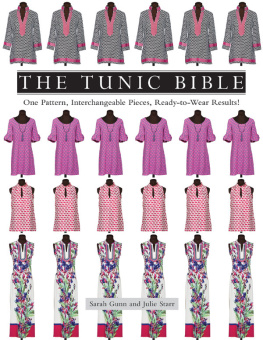
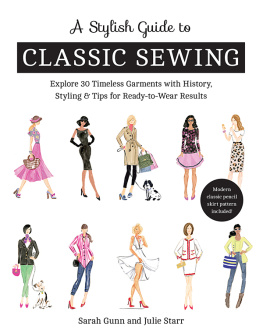

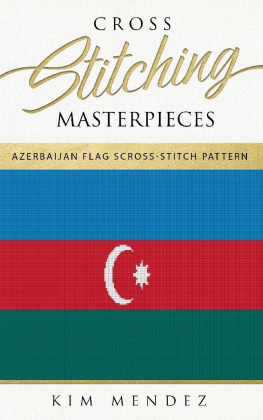

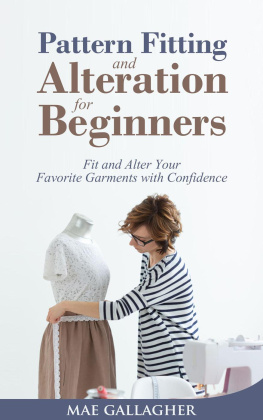
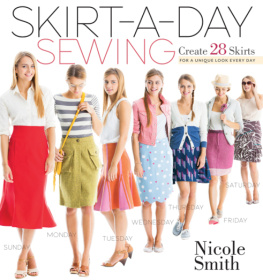

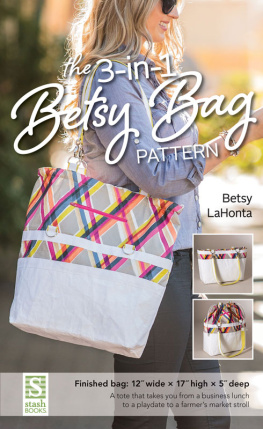
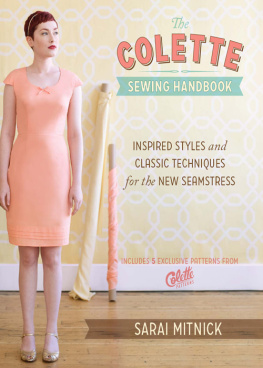
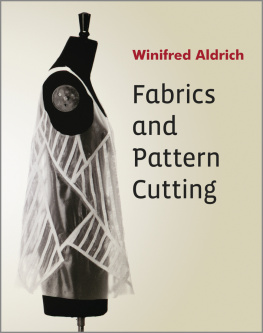
 Considered one of the earliest known garments, the tunic continues to rank as a global wardrobe mainstay due to its stylish versatility and flattering silhouette.
Considered one of the earliest known garments, the tunic continues to rank as a global wardrobe mainstay due to its stylish versatility and flattering silhouette. Youve come a long way, baby! To follow the evolution of the tunic is to follow the development of mankind, for the two are inseparable. Born in ancient Egypt as a simple rectangle with a center hole, the tunic became the primary garment for millions of people living in those early civilizations. Roman tunics featured bands of different widths, colors, and ornamentation, which identified class and status. In the Middle Ages, tunics were elaborately embellished with gold threads and braids. The simplicity of the tunic proved a perfect platform for showcasing developing textile skills, leading the garment to fulfill numerous fashion, religious, and military purposes.
Youve come a long way, baby! To follow the evolution of the tunic is to follow the development of mankind, for the two are inseparable. Born in ancient Egypt as a simple rectangle with a center hole, the tunic became the primary garment for millions of people living in those early civilizations. Roman tunics featured bands of different widths, colors, and ornamentation, which identified class and status. In the Middle Ages, tunics were elaborately embellished with gold threads and braids. The simplicity of the tunic proved a perfect platform for showcasing developing textile skills, leading the garment to fulfill numerous fashion, religious, and military purposes.